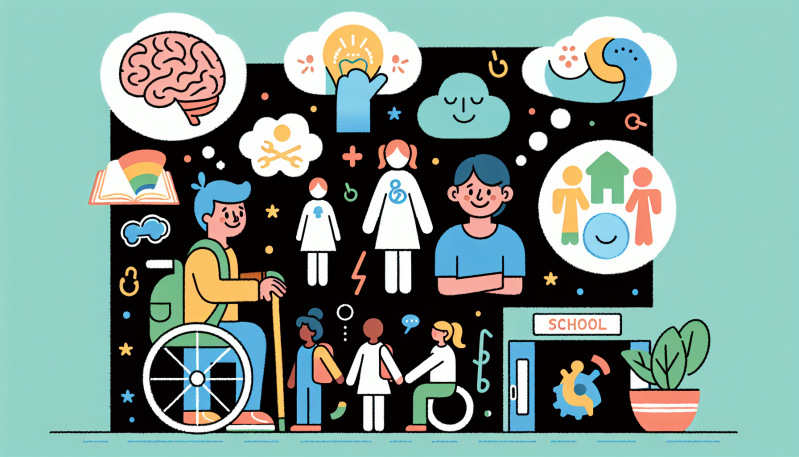As we navigate through the rapidly changing educational landscape, the mental health of our students has become a beacon of concern for educators, parents, and mental health advocates. The pressures exerted by societal expectations, the pursuit of academic excellence, and the intricate maze of social relationships are leaving an indelible mark on the youth of today. This blog post aims to peel back the layers of student anxiety, providing insight into its triggers, the profound effects of the digital age, and the subtler signs of a child grappling with internal pressures.
Recognizing anxiety in students is akin to deciphering a complex code. Warning signs often manifest differently from one child to another, ranging from obvious symptoms like excessive worry and somatic complaints, to more hidden cues such as decline in academic performance, avoidance behaviors, and changes in social interactions. It is essential to note that anxiety does not discriminate; it can affect any student, irrespective of their background or academic standing.
The digital age has brought about its own set of challenges. While technology has been a boon for education, it has also contributed to heightened levels of anxiety among students. Social media, in particular, can exacerbate feelings of inadequacy, loneliness, and peer pressure. The need for likes, followers, and online validation can create an additional layer of stress that students must navigate.
So how do we, as a community of concerned individuals, address these growing concerns? First and foremost, creating a supportive and resilient school environment is paramount. This involves fostering open communication where students feel safe to express their worries without the fear of judgment. Encouraging regular check-ins with students can provide a platform for them to share their thoughts and feelings openly.
Moreover, integrating mindfulness and emotional intelligence into the curriculum can be a game-changer. Teaching students techniques such as deep breathing, meditation, and active listening can help them develop coping strategies to manage their anxiety. Facilitating discussions around emotions, and providing a vocabulary for children to articulate their feelings, can empower them to seek help when needed.
Balancing academic rigor and mental well-being is a delicate act. While we must maintain high standards for educational achievements, it is imperative to recognize that undue stress can be counterproductive. It is possible to challenge students intellectually while also nurturing their mental health by taking a holistic approach to education that values their emotional and social development as much as their academic success.
In conclusion, addressing student anxiety is a collective effort that requires the collaboration of staff, students, and parents alike. By joining the conversation on mental health, we can unearth actionable insights and strategies that serve the dual purpose of alleviating anxiety and enhancing the educational experience. Let us work together to lift the invisible weight of anxiety from our children’s shoulders and help them soar to new heights of personal and academic achievement.
Remember, a mind devoid of stress is a canvas of endless possibilities. Together, let’s paint a brighter, more compassionate future for our next generation.


